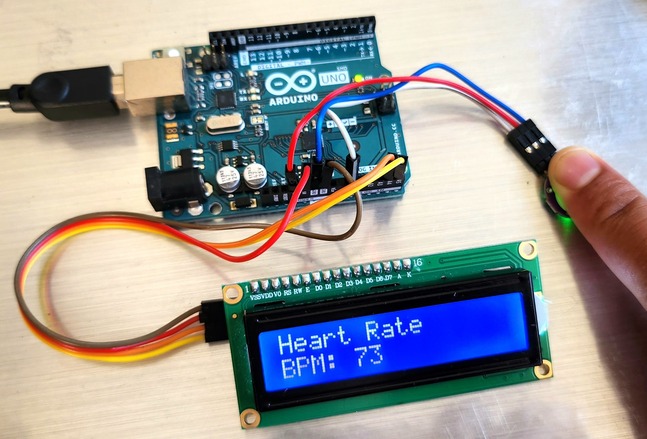
How to Measure Heart Rate with a Pulse Sensor
Looking to measure your heart rate accurately? A pulse sensor is a fantastic device that can help you keep track of your heart rate in real-time. Whether you are an athlete, a fitness enthusiast, or just someone who wants to monitor their heart health, using a pulse sensor is a simple and effective way to do so. In this article, we will guide you through the process of measuring your heart rate using a pulse sensor.
What is a Pulse Sensor?
A pulse sensor is a small, non-invasive device that measures your heart rate by detecting the changes in blood volume in your blood vessels. It usually consists of a light source (such as an LED) that shines through your skin and onto a photodetector, which measures the amount of light that is absorbed or reflected by your blood vessels.
When your heart beats, your blood vessels expand and contract, causing changes in blood volume. This results in changes in the amount of light that is absorbed or reflected by your blood vessels. By analyzing these changes, the pulse sensor can calculate your heart rate in beats per minute (BPM).
How to Measure Your Heart Rate with a Pulse Sensor
Using a pulse sensor to measure your heart rate is a simple process that can be done at home or in a clinical setting. Here is a step-by-step guide to help you measure your heart rate accurately:
- Connect the pulse sensor to your Arduino or Raspberry Pi board.
- Place the sensor on your fingertip, earlobe, or wrist.
- Run the pulse sensor code on your computer.
- Wait for the sensor to detect your pulse and start displaying your heart rate.
It’s important to note that the accuracy of the heart rate measurement may vary depending on factors such as sensor placement, skin tone, and ambient light conditions. To ensure the most accurate results, try different sensor placements and settings until you find the most optimal one for you.
Benefits of Monitoring Your Heart Rate
Monitoring your heart rate with a pulse sensor can provide you with valuable insights into your overall health and fitness level. By tracking your heart rate during rest, exercise, and recovery, you can:
- Optimize your workout intensity and duration.
- Prevent overtraining and reduce the risk of injury.
- Monitor your stress levels and improve your mental health.
- Detect potential heart issues early and seek medical advice.
Additionally, monitoring your heart rate can help you set realistic fitness goals and track your progress over time. By maintaining a healthy heart rate, you can improve your cardiovascular fitness, endurance, and overall well-being.
Conclusion
Measuring your heart rate with a pulse sensor is a convenient and effective way to monitor your heart health and fitness level. By following the steps outlined in this article, you can easily track your heart rate and make informed decisions about your exercise routine, stress management, and overall well-being. Remember to consult with a healthcare professional if you have any concerns about your heart rate or cardiovascular health.
Was this helpful?
0 / 0